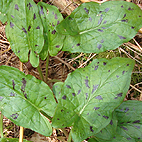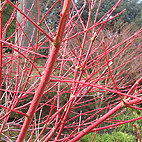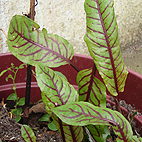 The 6th of January is when you should take all the Christmas decorations down, or supposedly it brings bad luck. This is 12th night or Epiphany, when the three wise men visit the baby Jesus in the manger, and the tree’s lights are there to guide the kings to their destination.
The 6th of January is when you should take all the Christmas decorations down, or supposedly it brings bad luck. This is 12th night or Epiphany, when the three wise men visit the baby Jesus in the manger, and the tree’s lights are there to guide the kings to their destination.
But why is it bad luck to leave it longer than the 6th January? Is it because that is traditionally when Christmas ends?
In the past people believed that when greenery was brought indoors to decorate the house over Christmas, this also included the tree spirits that lived in them as well, and the house provided a safe haven for them during the harsh winter months.
After the end of the Christmas period it was important to release the tree spirits so they could help bring new growth in the spring. It was also thought that leaving them in the house for too long would encourage them to be mischievous, hence the bad luck.
This means we have to take down our Christmas tree and put our Christmas wreath outside. There is plenty of new growth already happening outdoors, so I would like to set those tree spirits free so they can get on with their job of supervising a fruitful growing season.













 Only the other day I was looking out at the lime trees across the street, thinking how beautifully sculptural their bare branches were. It’s a joy to look at them in their nakedness before they become obscured by their foliage.
Only the other day I was looking out at the lime trees across the street, thinking how beautifully sculptural their bare branches were. It’s a joy to look at them in their nakedness before they become obscured by their foliage.








 This is how our red rose looks in February.
This is how our red rose looks in February. The 6th of January is when you should take all the Christmas decorations down, or supposedly it brings bad luck. This is 12th night or Epiphany, when the three wise men visit the baby Jesus in the manger, and the tree’s lights are there to guide the kings to their destination.
The 6th of January is when you should take all the Christmas decorations down, or supposedly it brings bad luck. This is 12th night or Epiphany, when the three wise men visit the baby Jesus in the manger, and the tree’s lights are there to guide the kings to their destination.